A post for you brewers out there: my friend Pete recently recreated a long-lost 19th century brew fermented from corn. He writes:
 Behold, beer fans. The beer pictured to the left is the Cream Common or Present Use Ale, a beer
Behold, beer fans. The beer pictured to the left is the Cream Common or Present Use Ale, a beerbrewed with lager yeast (bottom fermenting), but at ale temperatures (55-75 degrees). This is not uncommon for a style of the 1800’s — in fact, the Steam beer, known as the California Common to non-Anchor breweries is done the same way. I believe this was done to give beer fans something to drink while waiting for their lagers, the favored beer style of the time. This beer was very popular in the midwest, and was known as a “common” due to the ordering style of the time. If you asked for an Ale, it was likely that this was what you got, unless the establishment also made their own beer. In that case, you got a “Rare Ale”, which was completely different than the “Common” style of the region.
The recipe taken from here and interpreted into a much more readable recipe was a very simple brew. With 7 lbs. of base malt — in this case, American two row malt, a very simple, clean tasting malt — added to 3lbs of flaked maize gave a very corny scent. If you’ve ever smelled the water left over after making steamed corn on the cob, you’ve smelled how this beer smelled while mashing, and understand why I didn’t want to drink something that smelled that terrible.
Thankfully, when hops were added (another American hop that would have been around at that time, Liberty, a noble hop with a very balanced smell as well as aroma. It’s not too hoppy as an IPA would be, and it’s not so weak as to just blend into the background.) the smell changed, considerably. The sweetness of the sugar in the corn took over, and mixed with the hops, the beer turned from boiled corn water to a delicate corn flan, with notes of cornbread in the boil.
Two weeks later, I put it in a keg and forgot about it for a week and half, to allow the beer to come up to gas, as well as give it time to mellow. Beer taken directly from the fermenter into a keg is drinkable, but, tastes green. The flavor profile never has time to develop, and as a result, the beer is a mishmash of what it’s flavor is going to end up being, the notes of the chord so to speak, woefully out of tune.
Now that it’s come together, the taste is wonderful. I imagine this as what the Busch, Miller and Coors families were inspired by in the Midwest. The nose is sweet, very unbeerlike with an effervescence not unlike a champagne. The taste is very earthy, and there’s a piquant balance of the hop, maize and malt which swirl on the tongue in an almost sweet way. This is definitely not a savory beer, something strong and manly. At just 4.8% ABV, the beer is smooth, and quaffable, and with each sip, I almost hear a horse whinny as Sam plays something on the piano in some midwestern tavern somewhere down near Cincinnati.
This beer will very likely become my lawnmower beer — that is to say the beer that I do some yard work and reward myself with a somewhat weak but tasty nonetheless beer that’s just a bit better for me than water. It’s likely that if you’re at my house between May and October and ask for an Ale, you’ll feel as though you’ve bellied up to the bar in 1863, too.”
Here’s another site, which jumpstarted the research on the recipe — http://www.surrealstudio.n
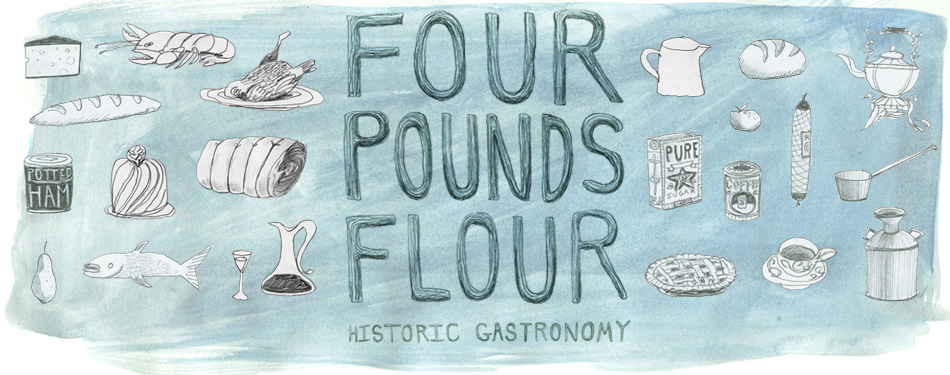
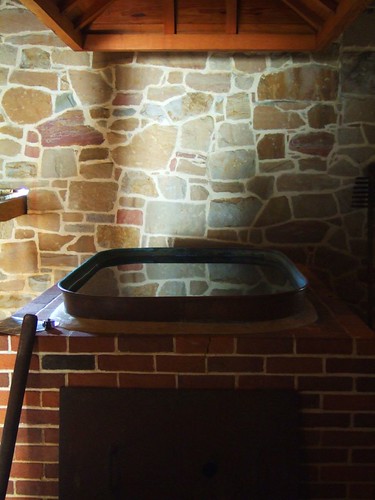

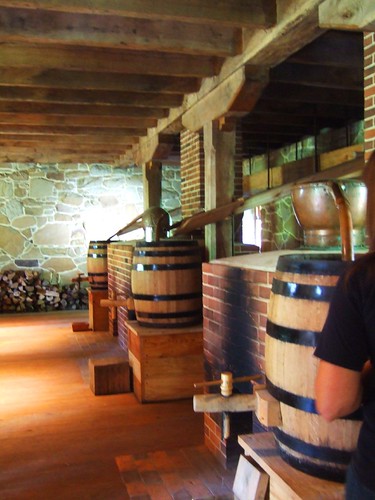
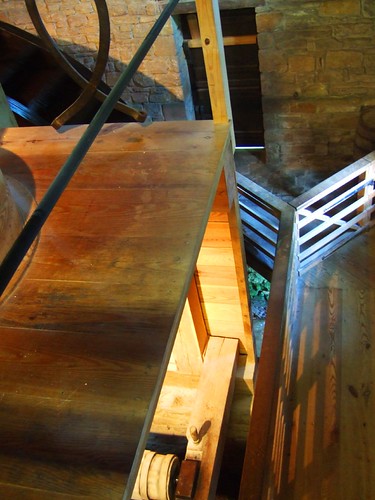
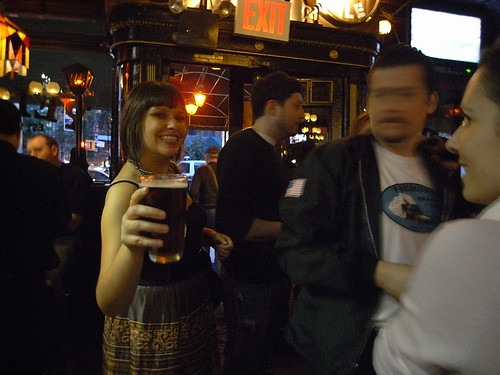
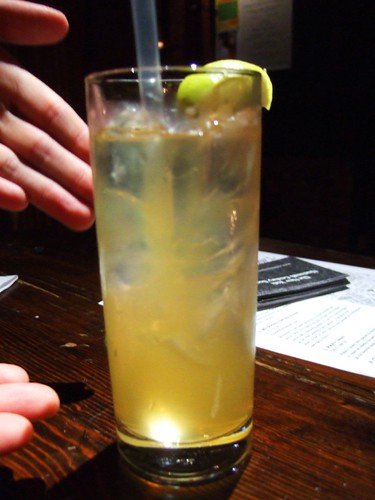
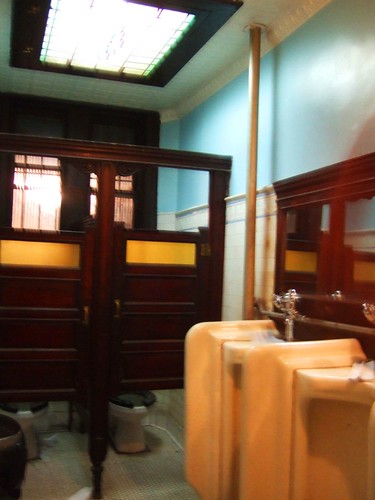

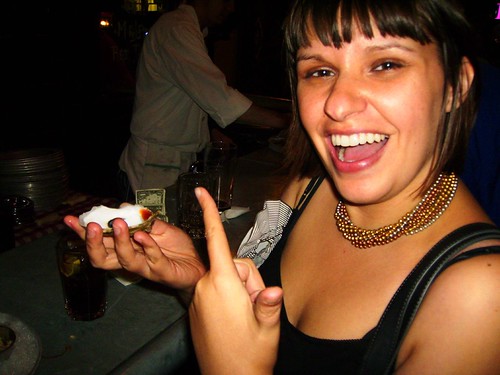


.jpg)